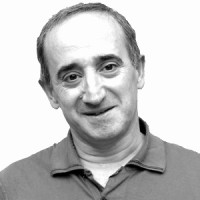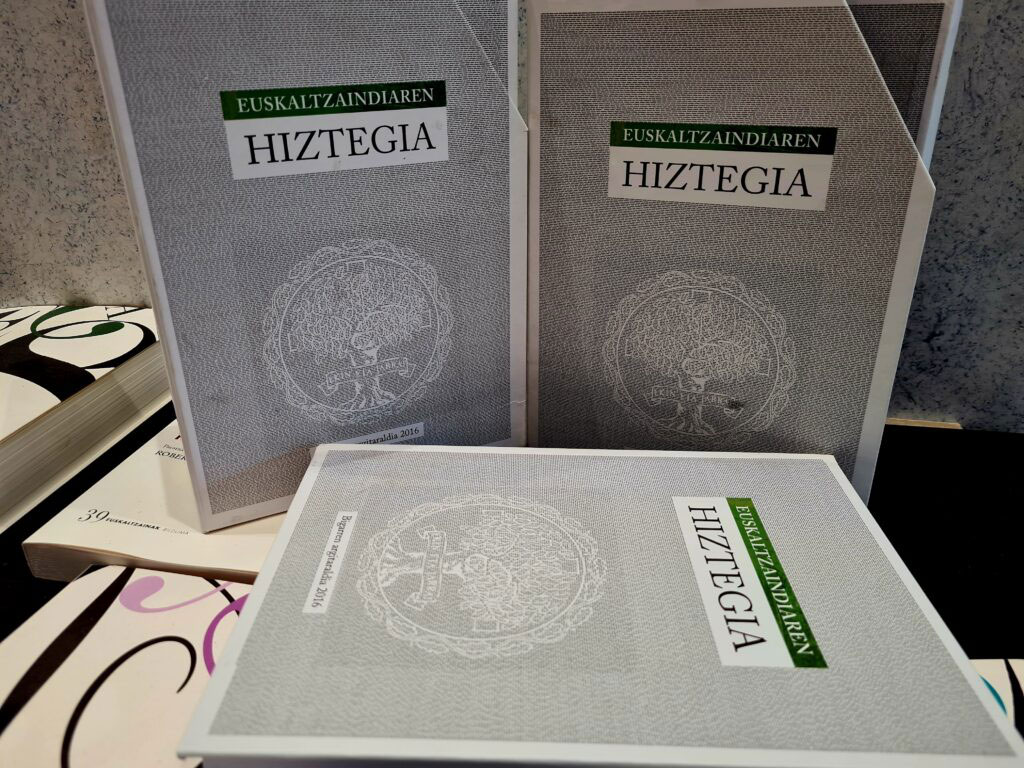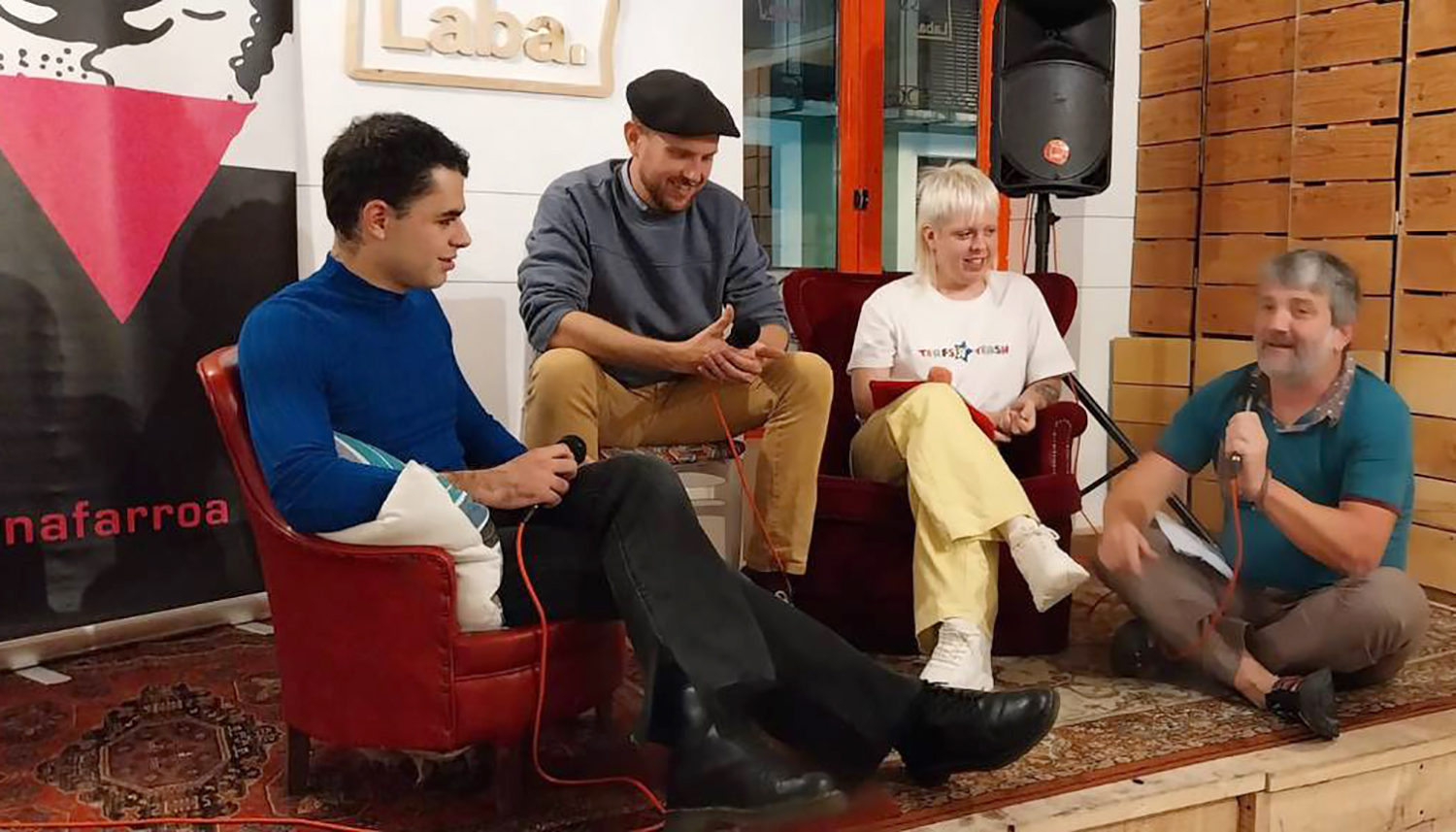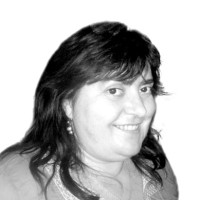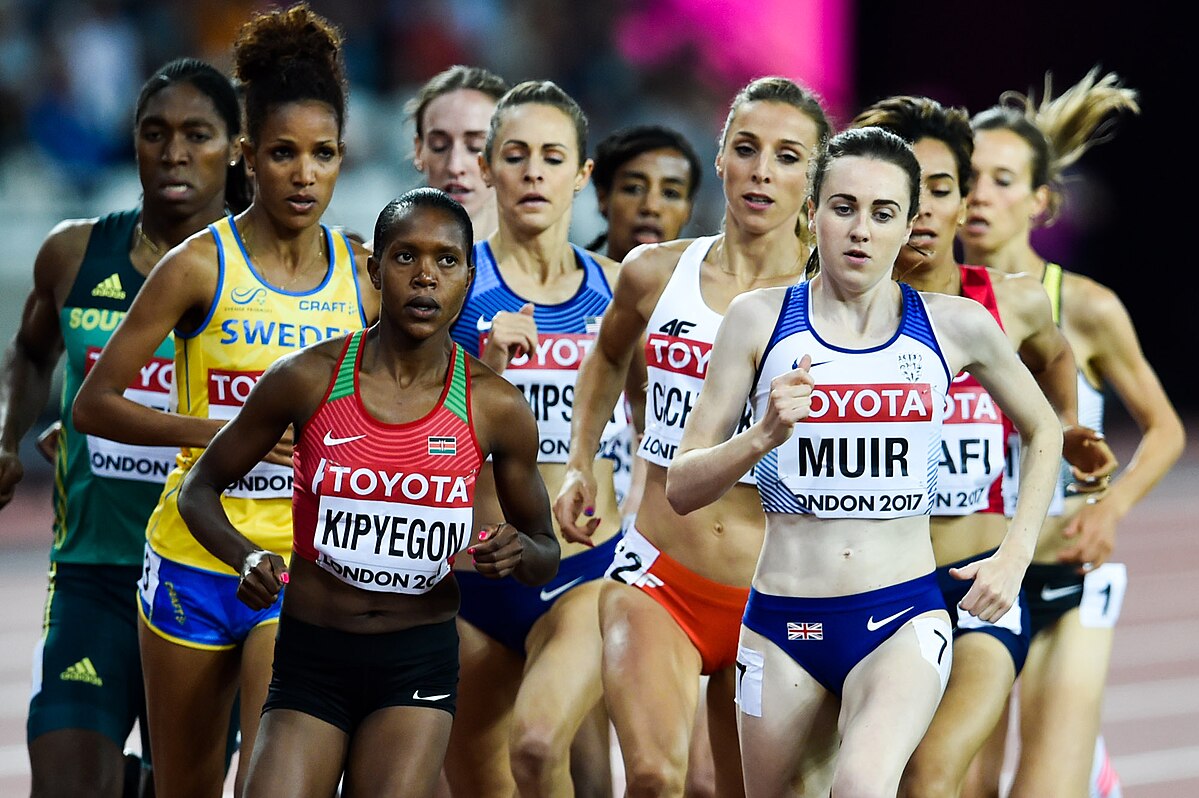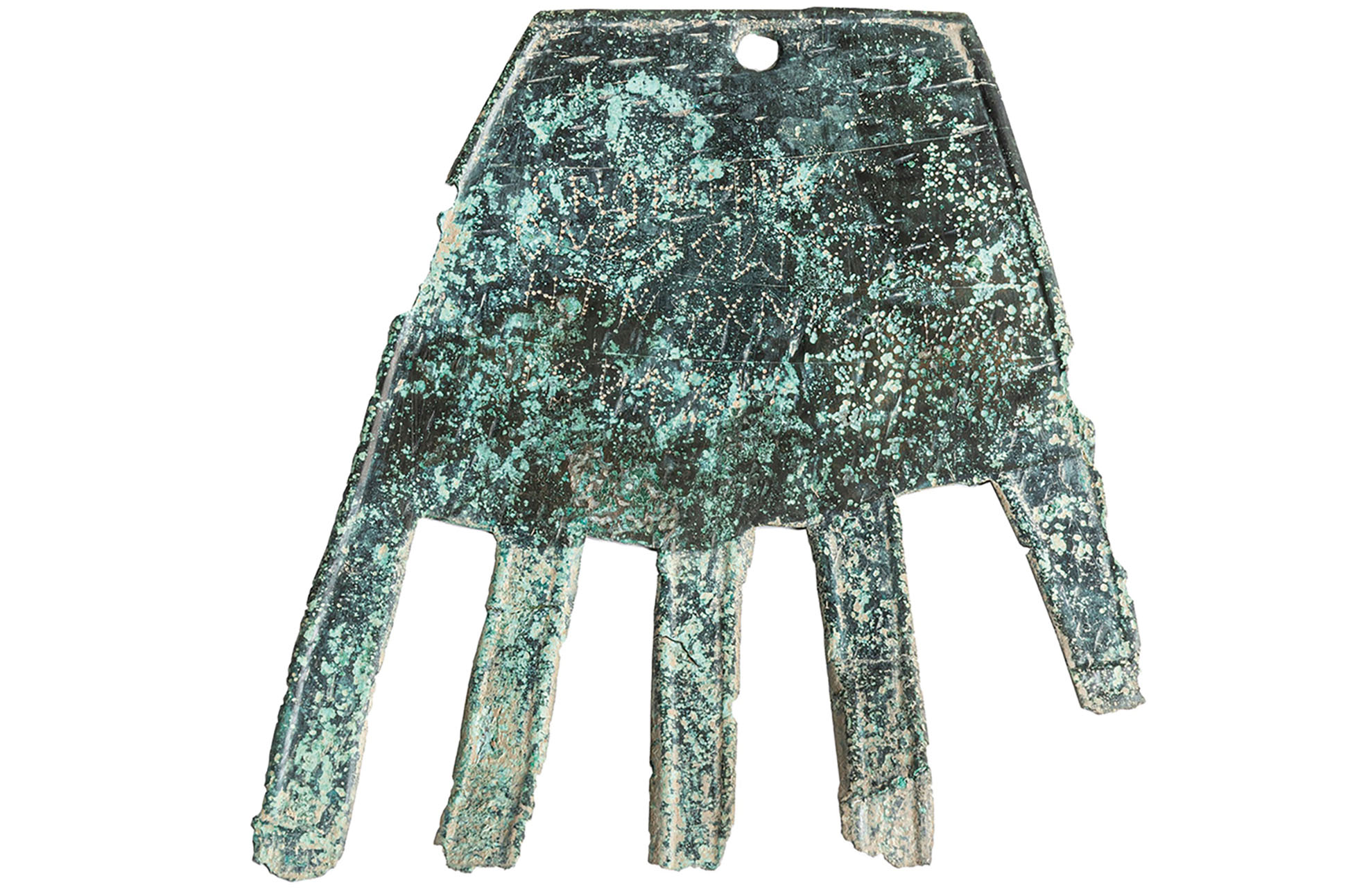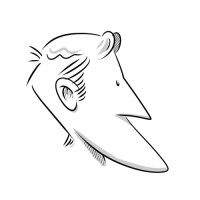“I’ve described the language of the current generation of 80-90 years on the slope of Lapurdi”
- Duhalde was born in San Juan de Luz in 1987, but has lived and grown in Uztaritze, and the Basque variants heard both at home and in the village have encouraged Lapurdi to make a thesis about the Basque hillside. He currently works as a professor at the Faculty of Education of Bilbao at the UPV/EHU. On 1 June the Ziburu Fair will be held, where the Fair will be organized. The cycle will end this Thursday with a talk about her work in San Juan de Luz, at 18:30 in the Mediateque.

Why did he address Basque research on the hillside of Lapurdi?
I had an academic interest, but also a personal one. That is, the family has come from Azkaine and Ziburu, and since I was young I have heard that Basque at home; and on the other hand, there is the Basque where I grew up, that of Uztaritze. At the Ikastola I also heard talk and I have always been curious about these differences; in this work I wanted to give some light to the Basque house.
If I'm not mistaken, you've compared the actual data to the data collected by Louis -Lucien Bonaparte in the 19th century.
Among them have been the studies, Pedro Irizar, the Atlas of the Basque Country Herri Hizkeren Atlasa, among others, but we lacked the oral description of the Basque side of Lapurdi. In addition to the description of the local Basque, I have tried to account for the evolution of the Basque country in the region. For this purpose, I have used, among others, the manuscripts of the Bonaparte surveys. Comparing Bonaparte's data with those of today, it allows us to understand the direction of the last decades. Iduri would say that San Juan de Luz has had such an influence in the last century, some of the linguistic characteristics that existed at the time in San Juan de Luz have spread eastward, as today they are also heard in Sara and Arrangoitz. Thus, the unity of the western languages of Lapurdi is accelerated.
What are the main differences between the Basque side of Lapurdi and the surrounding Basque?
Some features are large, from all over the Northern Basque Country, others from the Middle East, which can also be heard in Navarra Garaia and in eastern Gipuzkoa. But there are others who are strangers on the hillside of Lapurdi. Let us suppose that in Sara we hear a new numbering system known in the Northern Basque Country and in eastern Navarre Garaia, that is, in three of them, in the form of twenty-eight, while from Azkain to the coast the old numbering system has been maintained and I have collected in the form of (h)iruroi. And, on the contrary, there are other characteristics that are heard on the coast and that are also known in the cross-border language: the expurgo of the NOR-NORK series, known both in Gipuzkoa and in the west of Navarra, has been introduced from Hendaia to Bidart in the verbs of the past and can be heard in baziñun with the traditional forms.
"In essence, the combination of the characteristics of the slope of the Lapurdi Sea is an image of the local social reality that shows the relations between the speakers of the Northern Basque Country, Cinco Villas de Navarra and the northeast of Gipuzkoa"
In essence, the combination of the characteristics of the slope of the Lapurdi Sea represents the local social reality and shows the relations between the speakers of the Northern Basque Country, Cinco Villas de Navarra and the northeast of Gipuzkoa. In the past, many people went to San Juan de Luz to work, from robbers, from Senpere to other towns, but also from other regions. One talk told me that the wives came by train to work in fish conservatories.
You've interviewed about 50 people. What was your methodology?
I have worked from village to village field, from house to house and from kitchen in every coastal village of Lapurdi. They have been elderly people, over 80, both women and men, and Euskaldunes from home. I've made recordings with everyone, asking open questions and looking for their spontaneity. It is basically a common methodology in dialectological research.
What if the unified Basque country has influence?
I'm not in Donibane today. Engravings are of advanced age, aged 80 to 90 years and working in local language. No, it would also be interesting to investigate this: society today is moving more, but it still feels more borderline... I don't know, it should be analyzed.
So yours is a picture of the current generation of over 80-90. Is the language changing a lot?
I have not looked at the current generation, as I say, it would be interesting to do so, but it was urgent to analyze that generation, and I have done so. In Azkain, for example, according to data published by Irizar, in the 1970s 83% of the population was Euskaldun, and according to the latest socio-linguistic survey of 2021, in Lapurdi the percentage of total vasco-speakers is 22.9% (except Baiona-Angl-Biarritz). In this study I have taken into account the Basque language of the elderly speakers, I have compared it with the speech of the environment and I have tried to account for the evolution of the local language, it is a work to do to compare with the generations.
In view of this type of research, does anyone think that nowadays we should talk about the times of the generation studied?
It has occurred to me that people understand that I am speaking again in the old Basque country on the slope of Lapurdi, but it is not the objective of this work. The Basque country has changed, but it lives, and that is the most important thing. The language is that of speakers, and the Basque language changes like all languages, and that is in favor of health. I have investigated and made our heritage available to people, then it is not up to me what is done.
Is it important to use a language correctly? To what extent is it so necessary to master grammar or to have a broad vocabulary? I’ve always heard the importance of language, but after thinking about it, I came to a conclusion. Thinking often involves this; reaching some... [+]
Ansorena´tar Joseba Eneko.
Edonori orto zer den galdetuz gero, goizaldea erantzungo, D´Artagnanen mosketero laguna edo ipurtzuloa, agian. Baina orto- aurrizkiak zuzen adierazten du eta maiz erabiltzen dugu: ortodoxia, ortopedia, ortodontzia... Orduan (datorrena... [+]
We are seeing more and more spelling errors in the writings of social networks, not only of young people, but also of the media. Some have become so common that they hardly hurt their eyes.
In this way, we can read in Spanish many things like: "You lose a dog," "It'll be that or k... [+]
Euskaltzaindia's motto is "ekin eta jarrai" ("ekin eta jarrai"), the outlawing of Euskaltzaindia. I don't know why the Academy wasn't outlawed, all three words appeared on its logo. The allegations have been made with less - and (those of one age remember the cassette of The Mondragon... [+]
Euskararen biziberritzea Ipar Euskal Herrian jardunaldia antolatzen du ostiral honetan Baionan Euskaltzaindiak. Euskararen alde egiten dena eta ez dena eztabaidatzeko mementoa izango da. Eragileak eta politikariak bilduko dira egun osoan.
In a one-hour commute to the workplace, I am accompanied by the car radio. On yesterday's journey, I had the opportunity to enjoy a short story program, as the last port of the road, full of curves, began in Karrantza. Short legends, yes, of few words, but stories of great... [+]








